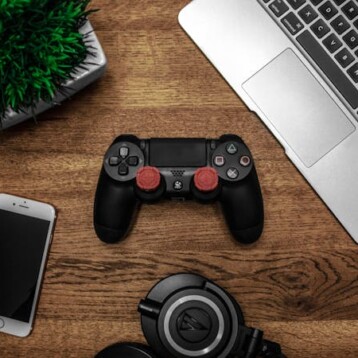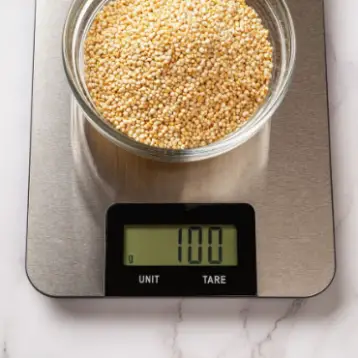The telephone consists of two major areas: an eight centimeter long navigational pane on the right side of the phone and a three centimeter long display area to the left with various contextual information displayed using pixels of varying heights. The entire device is 11 centimeters long by six centimeters high by one centimeter thick. The weight of the phone is unknown at this time.
The navigational pane includes four permanent buttons with Braille labels and a slider control at the far right of the device to enable scrolling through displayed data. The four buttons are a “back” button, a “receive call” button, a “cut call” button, and an “SMS” button. The “back” button takes users to the previous screen regardless of the context. The “receive call” button can answer an incoming call, dial an outgoing call, or send an SMS message. The “cut call” button declines to answer an incoming call or goes to the home screen if no call is incoming. The “SMS” button navigates to a “Send SMS” screen regardless of the current context.
Each pixel in the display area is individually raised or lowered to create a constantly updated display of contact names, telephone numbers, and interfaces to initiate or answer calls. Editable text is presented below the standard surface level of the display area while non-editable or informational text is presented at surface level and controls such as buttons are raised above the surface level.
The Braille phone is still a concept phone at this time and specific technical details beyond physical design and interactions for basic interactions haven’t been fully developed yet. Developer Sumit Dagar sees no reason why the phone couldn’t support a complete suite of applications above and beyond the phone and messaging features currently designed. In particular, he believes the phone could handle text-based mapping, text-based games like Hangman, and playing music.
TFOT has previously reported on other assistive devices for the blind and visually impaired including the next generation of the Perkins Brailler, a new haptic reader that converts printed text to Braille, the Siafu computer with a digitally tactile interface for Braille display, new technologies for converting digital images into tactile displays, and acoustic maps to help the blind navigate around obstacles as they walk.
Read more about the new Braille telephone at the device homepage.









